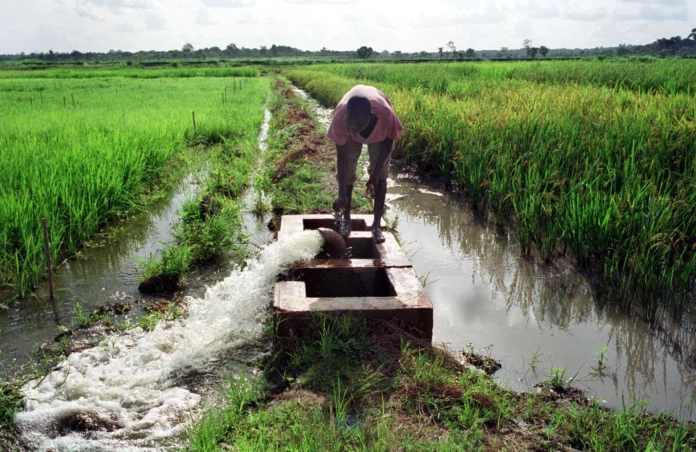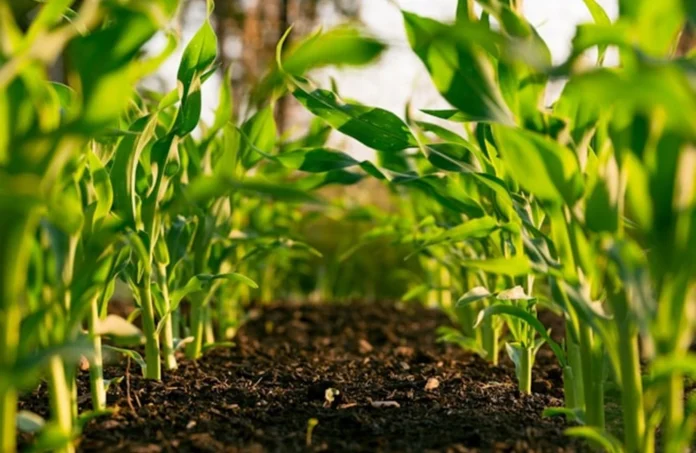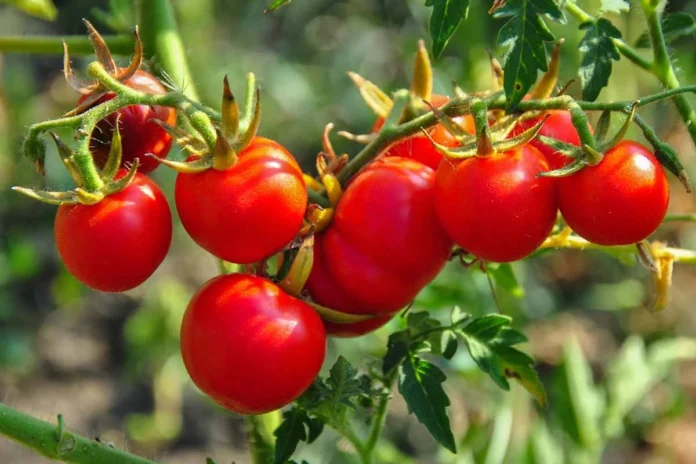Russian Wheat Forecast Raised as Record Siberian and Ural Yields Offset Losses in European Regions
Russia’s wheat harvest in 2025 is shaping up to be one of the strongest in recent years, with agricultural consultancy SovEcon sharply upgrading its production forecast on the back of record yields in Siberia and the Urals.
In its latest update, SovEcon raised its estimate for the national wheat crop by 1.1 million metric tons (mmt) to 87.2 mmt. The figure now stands well above last year’s 82.6 mmt and comes close to the five-year average of 88.3 mmt.
Record Yields in the East
The revision is driven largely by bumper harvests in eastern Russia. Siberia’s wheat output forecast has been lifted by 1.1 mmt to 9.7 mmt, while the Urals region gained an additional 0.3 mmt, bringing its expected total to 4.1 mmt.
Both regions are now on track to record their highest-ever final yields, a development SovEcon describes as “particularly noteworthy” given their growing importance in Russia’s agricultural output.
“For the second year in a row, wheat harvesting in the Urals and Siberia is progressing slower than average due to heavy rainfall,” SovEcon said. “However, this year yields are record-high thanks to favorable weather for most of the season.”
The consultancy noted that upcoming drier conditions across most of Russia in the next two weeks should accelerate harvesting, especially in the Urals and Siberia, where prolonged wet weather has delayed fieldwork. A faster pace of collection could help ensure more of the crop is brought in before any further weather setbacks.
Mixed Picture in European Russia
While eastern regions are delivering record results, the outlook in European Russia has dimmed. The wheat forecast for the Central region has been cut by 0.3 mmt to 21.3 mmt, after heavy rains late in the season damaged yields.
This divergence highlights the growing role of Asian Russia in the country’s wheat balance sheet, even as logistical challenges remain. Transporting grain from Siberia and the Urals to export terminals is costly and time-consuming, with distances exceeding 2,000 km from the Urals to Azov ports and more than 3,000 km from Western Siberia.
USDA Joins in Upgrades
Russia’s improving crop prospects are also being recognized internationally. In its September report, the U.S. Department of Agriculture (USDA) raised its projection for Russian wheat production by 1.5 mmt to 85.0 mmt. The adjustment reflected stronger-than-expected yields and favorable growing conditions during the season.
Andrey Sizov, managing director at SovEcon, noted that the steady stream of upgrades to Russia’s crop outlook is shaping global sentiment.
“The steady upgrades to Russia’s crop outlook in recent weeks are one of the major bearish stories for the global wheat market,” Sizov said.
Implications for Global Grain Markets
Russia is the world’s largest wheat exporter, and shifts in its production outlook carry significant weight in global markets. The strong performance in Siberia and the Urals could help offset losses elsewhere in Russia and pressure global prices, though the high cost and slow pace of transporting grain from inland regions to ports could limit the immediate export impact.
For now, the 2025 harvest appears set to reinforce Russia’s position as a dominant player in world wheat trade — with record yields in the east offering a buffer against weather-related setbacks in the west.












